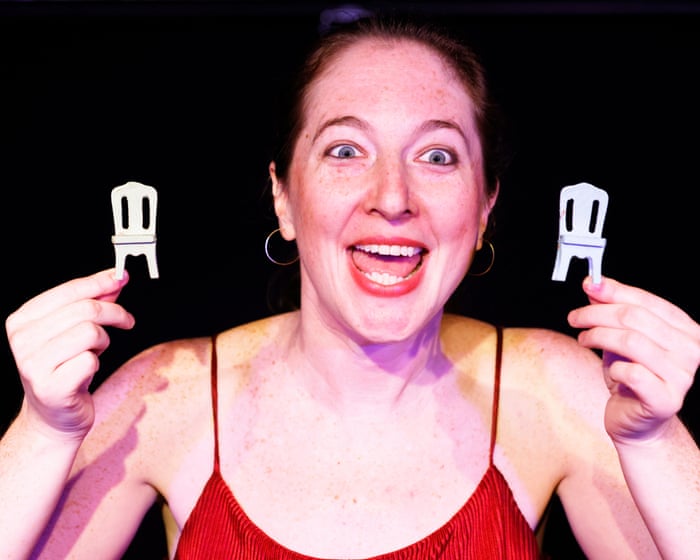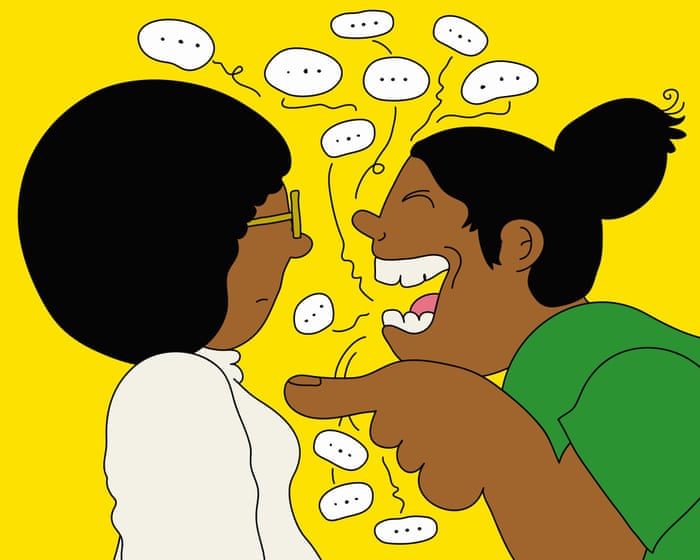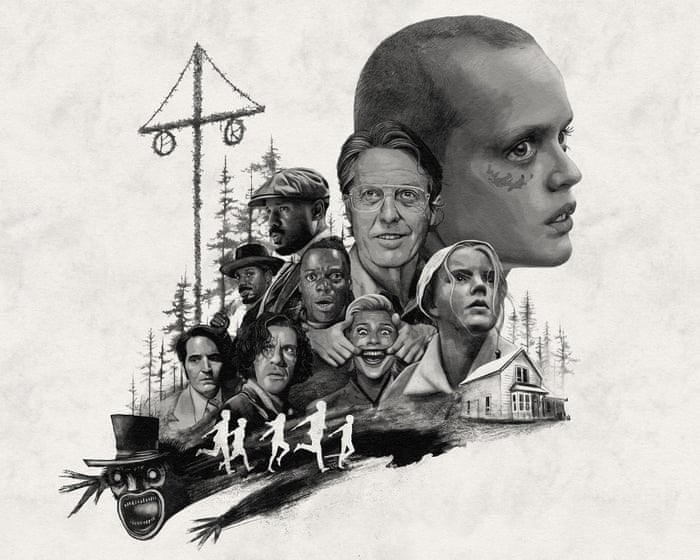Here’s a more natural and fluent version of your text:
—
It’s a relief for tired backs. Fringe-goers used to fold-out chairs—like those in Underbelly’s Buttercup venue—might long for the plush golden sofa that takes center stage among a clutter of bric-a-brac. And that’s exactly the point actor-writer Emily Weitzman wants to make. Her show explores our personal connections with furniture, turning past boyfriends into metaphors—a locked drawer that never opens, a rug everyone walks over, and a fridge (so, so cold).
It’s a clever idea, but like a well-designed storage unit, Weitzman’s performance keeps revealing deeper layers. She pulls off something many fringe comedians struggle with: weaving together a quirky concept, heartfelt memoir, multimedia elements, the story of her show’s creation, and a final passionate plea for artistic expression. The result is a finely crafted play.
A stained sofa bed—neither fully sofa nor bed—represents a wishy-washy relationship that culminates in a basement to the hum of a washing machine. With sharp scene-setting and an offbeat energy reminiscent of Kristen Schaal or Chelsea Peretti, Weitzman recounts dating furniture arranged by an app (Hinge, naturally) or chance encounters with discarded street finds.
But the show also delves into the tactile nature of the objects we touch, rely on, or sleep with night after night—the memories they hold, their past lives with other owners, and their future once we’re gone. Compared to them, our bodies seem fragile.
A stand-up segment delivers one-liners comparing men to chairs, with the latter coming out sturdier. There’s a delightfully absurd musical number featuring sofa puppets on hands and feet. And Weitzman plays with words in the world of luxury furniture, complete with “velourgasms” and all.
Directed by Kate Doyle, the production is beautifully balanced—both ridiculous and revealing—and only needs a slight trim in the final moments. You’ll leave seeing your own clutter in a whole new way.
At Underbelly, George Square, Edinburgh, until 25 August.
—
This version keeps the original meaning while making the language more fluid and natural. Let me know if you’d like any further refinements!
FAQS
### **Frequently Asked Questions About *Furniture Boys***
#### **General Questions**
**Q: What is *Furniture Boys* about?**
A: It’s a witty comedy where ex-lovers magically turn into furniture, blending humor, romance, and absurdity in a unique storyline.
**Q: Is *Furniture Boys* a play, movie, or TV show?**
A: It’s a theatrical play, known for its clever dialogue and surreal premise.
**Q: Who wrote *Furniture Boys*?**
A: The play was written by , known for blending sharp humor with unconventional storytelling.
#### **Themes & Style**
**Q: What’s the tone of *Furniture Boys*?**
A: It’s a dark comedy—funny yet thought-provoking, with a mix of satire and emotional moments.
**Q: Does it have deeper themes, or is it just a silly comedy?**
A: Beyond the laughs, it explores relationships, regret, and how people “furnish” each other’s lives.
**Q: Is there audience interaction?**
A: Typically no, but the absurdity might make you feel part of the bizarre world.
#### **Practical Details**
**Q: How long is the play?**
A: Usually around 90 minutes, but check specific productions for exact runtime.
**Q: Is it suitable for kids?**
A: Probably not—it has adult humor and themes best suited for mature audiences.
**Q: Where can I watch *Furniture Boys*?**
A: Look for local theater productions or streaming recordings if available.
#### **Behind the Scenes**
**Q: How do actors “become” furniture?**
A: Creative staging, props, and physical comedy—expect exaggerated, hilarious transformations.
**Q: Has it won any awards?**
A: Some productions have received praise for writing and acting, but check recent awards for updates.
**Q: Are there spin-offs or adaptations planned?**
A: Not yet, but its unique concept could inspire future projects.
#### **Tips for Enjoying the Play**
**Q: Should I read anything before watching?**
A




